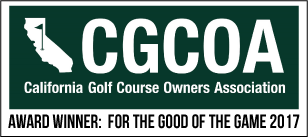
Part 3 of our Aimpoint Odyssey
 Due to weather and time issues, I have not yet played a round. I have had a 2 hour putting practice session, and I spent 2-3 hours today charting 13 greens at my home course.
Due to weather and time issues, I have not yet played a round. I have had a 2 hour putting practice session, and I spent 2-3 hours today charting 13 greens at my home course.
The putting session consisted of walking the greens, feeling changes in slope, seeing if I can predict the zero line, see if I can predict how much each putt breaks based on how far off the zero line and using the chart. At the same time, working on speed control (12 inch past the hole).
The charting session consisted of walking the greens, feeling changes in slope, seeing if I can predict the zero lines on different pin placements, identifying high and low points of the green, recognizing different green shapes, using my digital level to chart slope % on different parts of the green. I made a notebook of these greens.
I have also read and re-read the different resources AIMPOINT has as far as examples, message boards, and videos, to understand the more complicated stuff.
So far, after all of this, here is my status:
I am pretty good at feeling where the slopes change from uphill to downhill (inflection points), which is important. I can find the straight putts most of the time(>75% accuracy), and I can tell you which way a putt will break on most greens.
The hard part is understanding how putts act and how greens behave on crowns and saddles. I am starting to understand this. I am also starting to see the more subtle green features, as there are small crowns and saddles on sections of greens and this will affect the putt.
Today, after spending about 15 minutes on a green, I was able to roll the ball and predict where it was going to go, without really ‘reading’ the green. ‘Reading’ in the traditional sense of using my eyes… I used my feet to find the inflection points and correctly predicted the putt most of the time.
I still need practice, but I am very encouraged so far.
Tuesday March 22, 2011 — Update 2:
So I finally got out yesterday… a brief respite from the rain and the kids… played 10 holes by myself twilight… course drained pretty well, and greens were running at an 8. the greens at this course are quite big… it’s a links course, wide open, with big greens.. the greens are not drastic, but have subtle features that are not easy to see. the slopes were rarely over 2%, most of the putts i putted were 1-2% grade.
The fact that I was by myself with no one behind me was helpful. I felt like I wasn’t taking long with my reads… I don’t know. It’s hard to gauge when no one is waiting for you, but here are some results:
• Made one 15 ft putt
• 3 good lags from 40+ feet (less than 5 ft leave)
• 3 bad reads, thought they broke but were straight or overread break (but did not read the wrong break)
and 3 good reads but just missed the putt (either speed or did not hit online)
The hard part was knowing when a putt was straight. On a planar green, it was easy, but when the crowns were involved, it gets tougher… you have 4 zero lines instead of 2, and the putts on top of a crown are all pretty straight, so if the crown is broad, you have more straight putts (if the crown is not tilted).
Also, when the green double breaks, or the line runs into mounds, it’s a bit more complicated, and I’m still trying to figure it out… but the positive is I can feel and see the breaks, and I can figure out the AIMPOINT. I just don’t know how exactly to figure out the zero line on longer putts that change features.
I had one long 60+ foot putt (back of green to front pin location), and I was able to find that zero line 50 feet away and putt accordingly.. left a 1 ft putt.
On the putts inside 15 ft, I was able to use my chart effectively, I think… made good reads and AIMPOINTs.
…Keep in mind, all 10 greens, I did not ‘read’ one green with my eyes. When I use the word ‘read’, I’m talking about feel. I felt the slopes with my feet, tried to find the zero line, and aimed accordingly. I did roll a few balls after I holed out to try and predict what the putts would do.
I continue to be encouraged, and am pretty excited at the idea that I can be an expert green reader. I hope to play 3 or 4 more rounds in the next 2 months, and then contact the instructor for some more advanced green reading instruction.
About GK Member michaelko:
Our resident physical therapist from Northern California and one of the original GK Staffers. He is also one of the individuals responsible for making the GK Casual Golf Events possible. Way back when it was only an idea, michaelko, was one of those individuals that made it possible with our first outing of six members at Rio Hondo Country Club, Downey CA.
Keyword: Aimpoint Putting Clinic
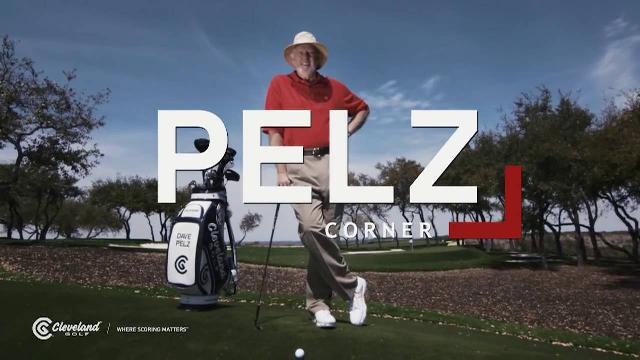








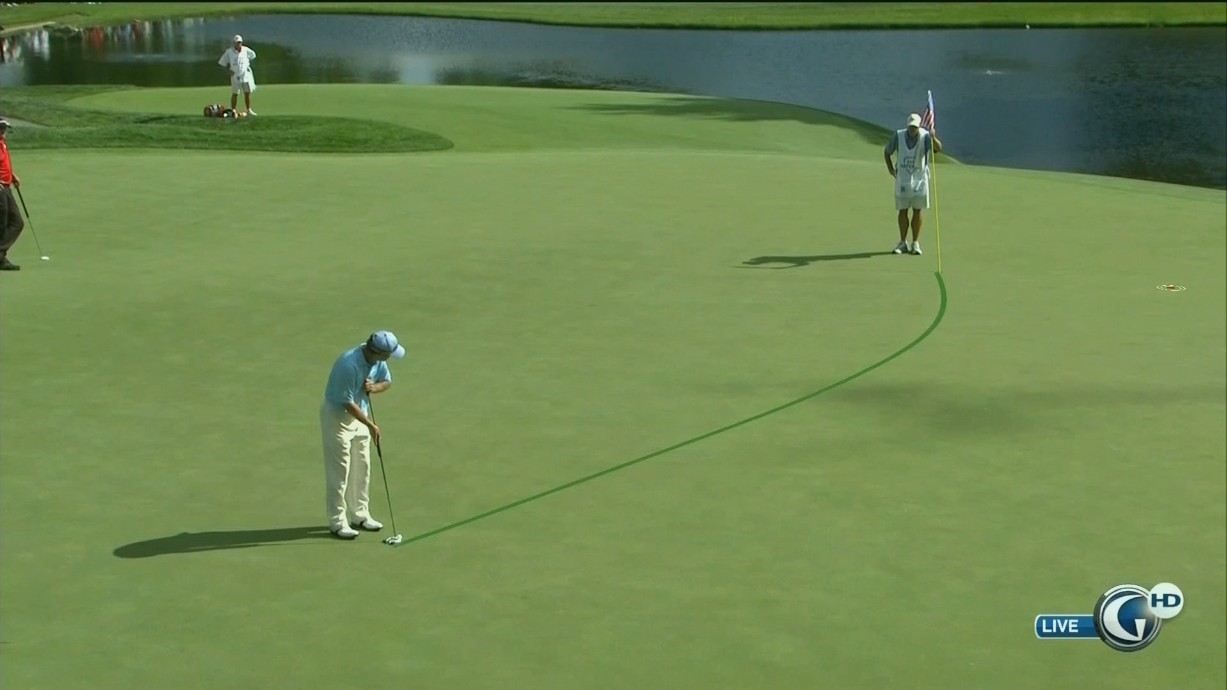

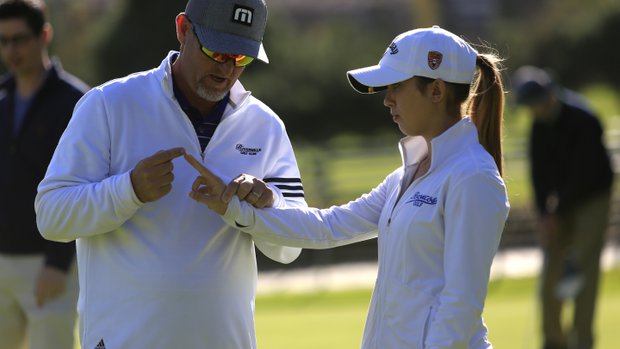

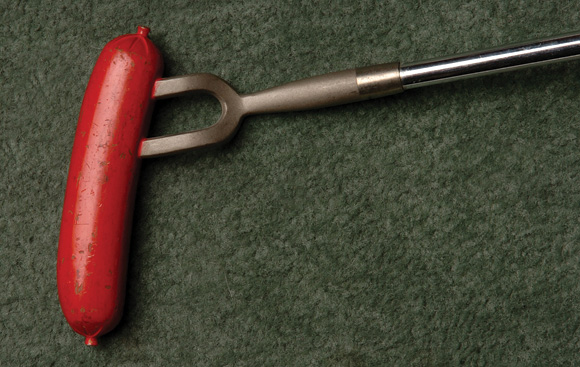
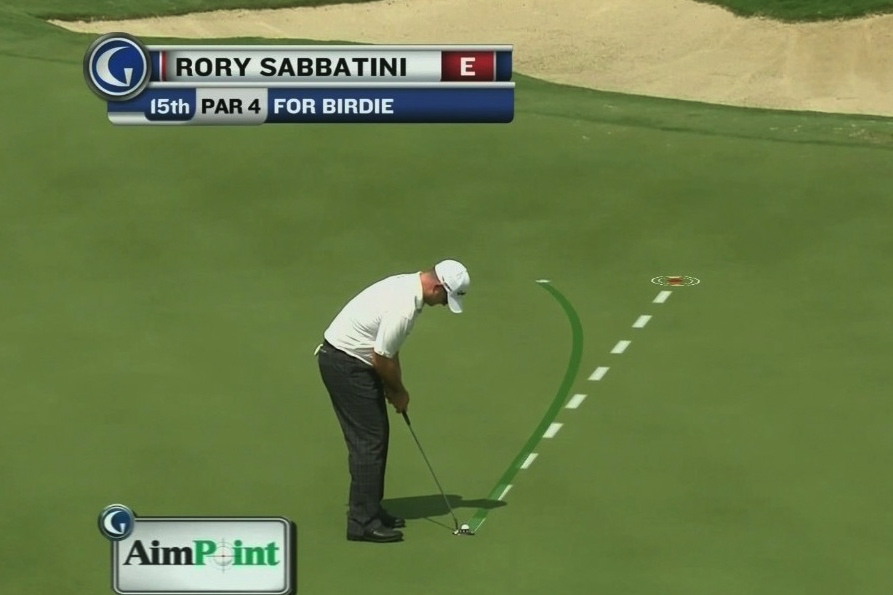



 About GK Member michaelko:
About GK Member michaelko:






